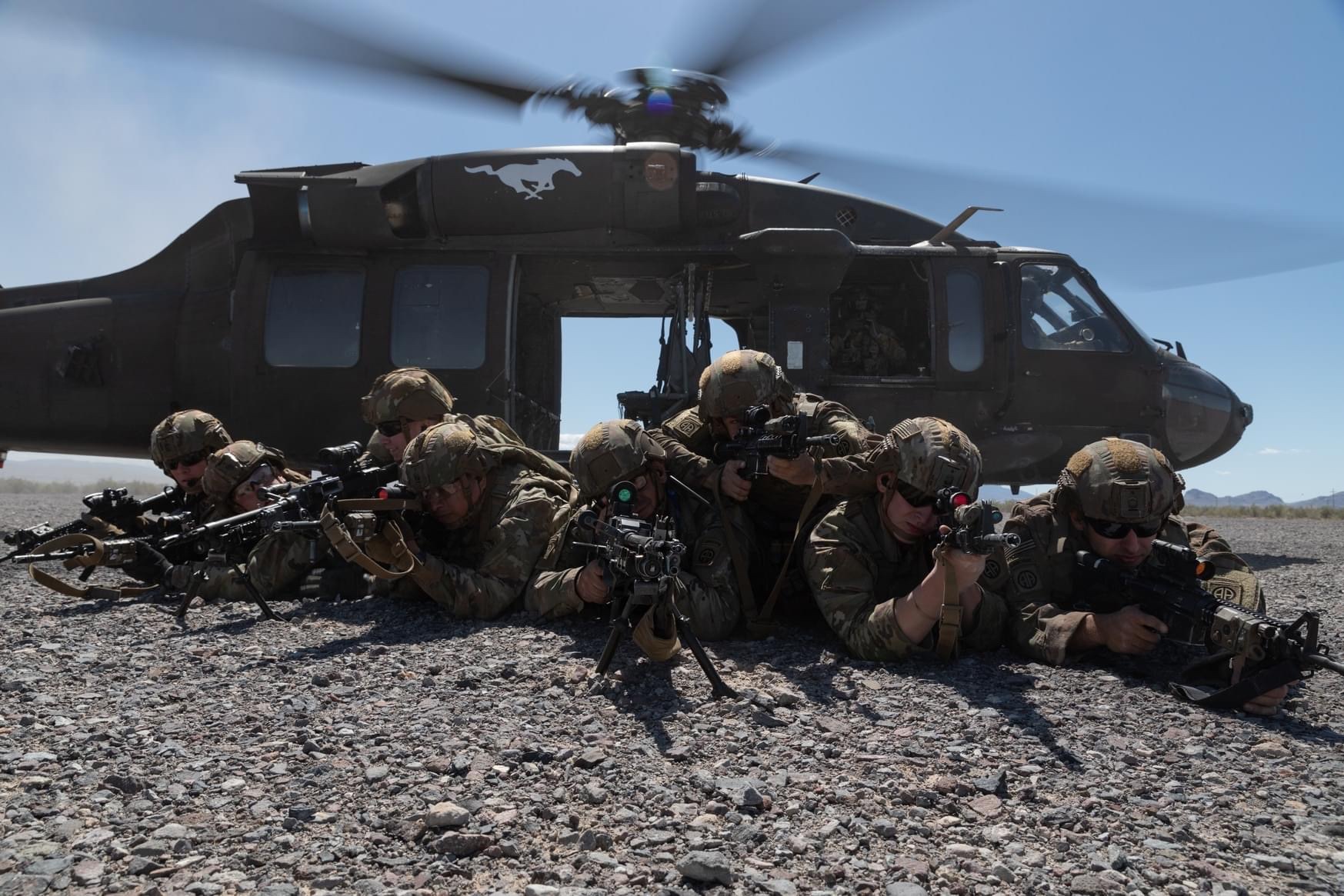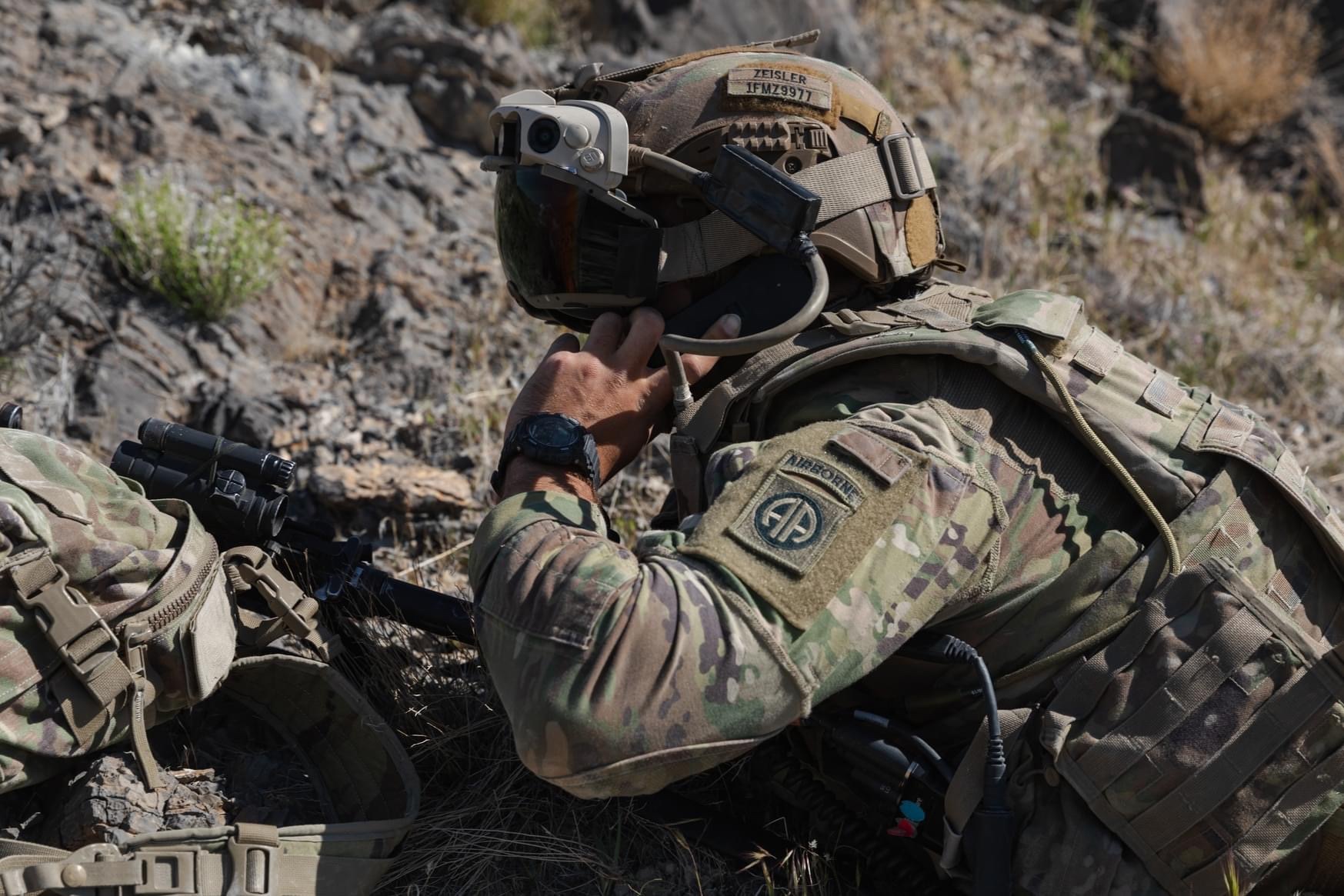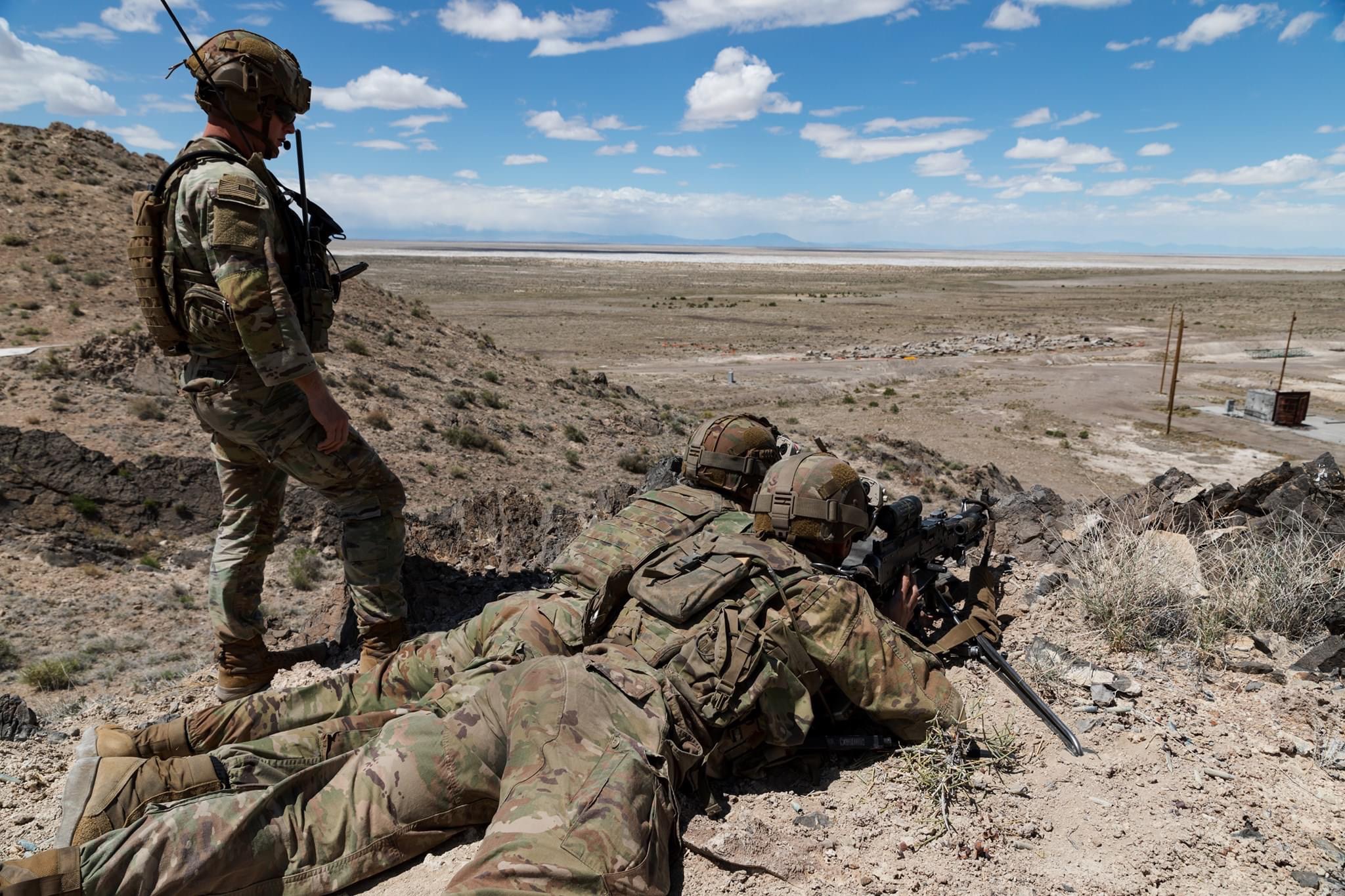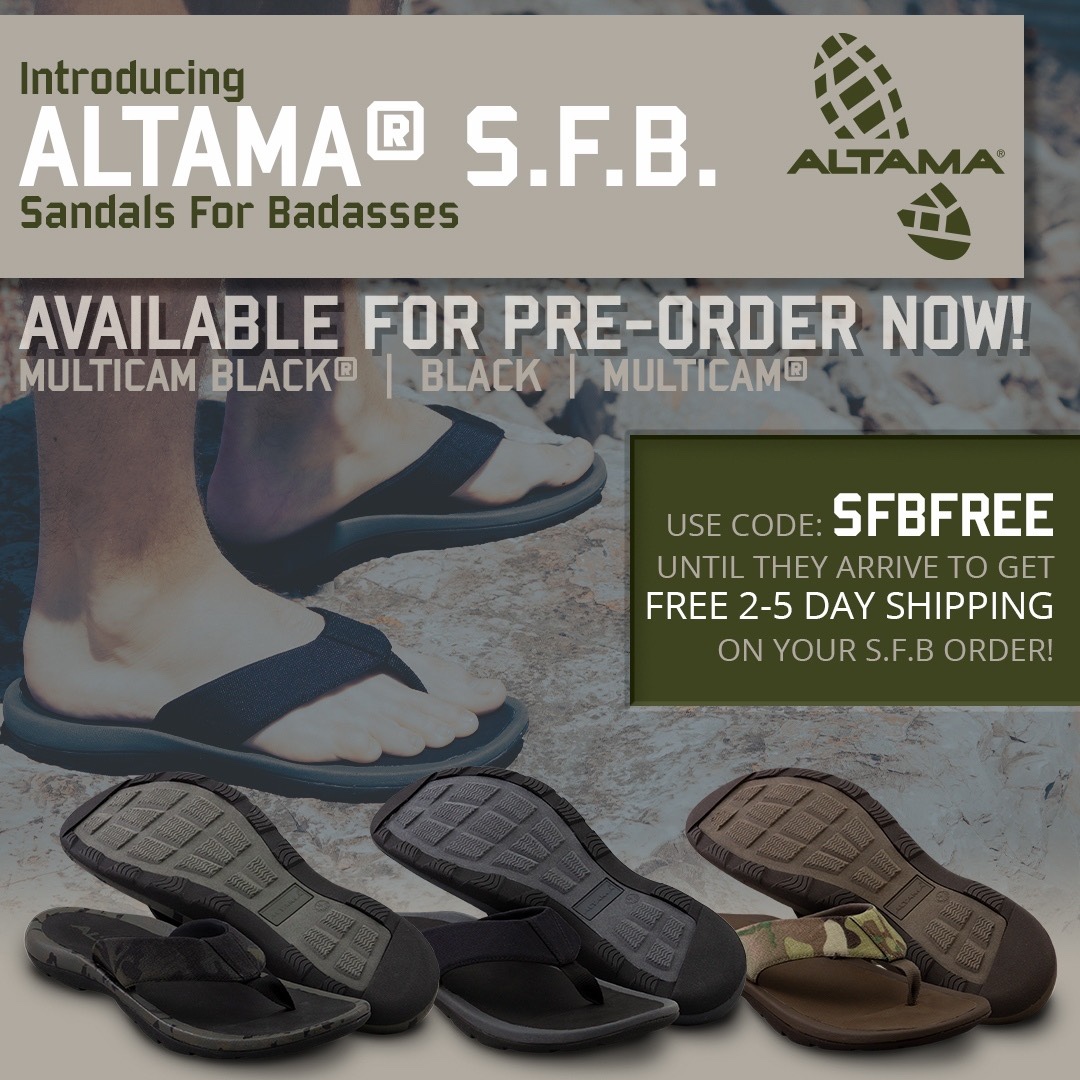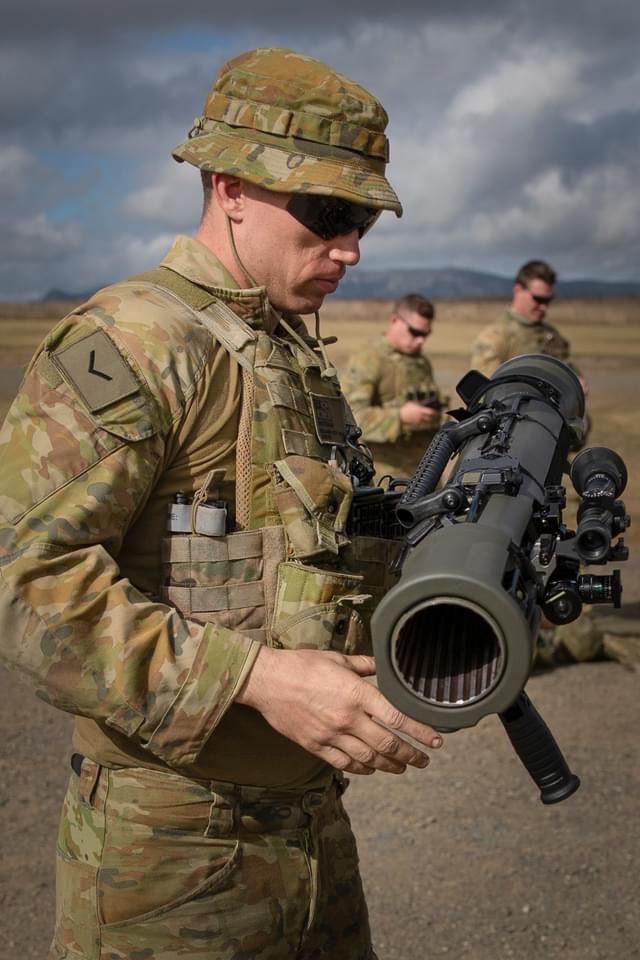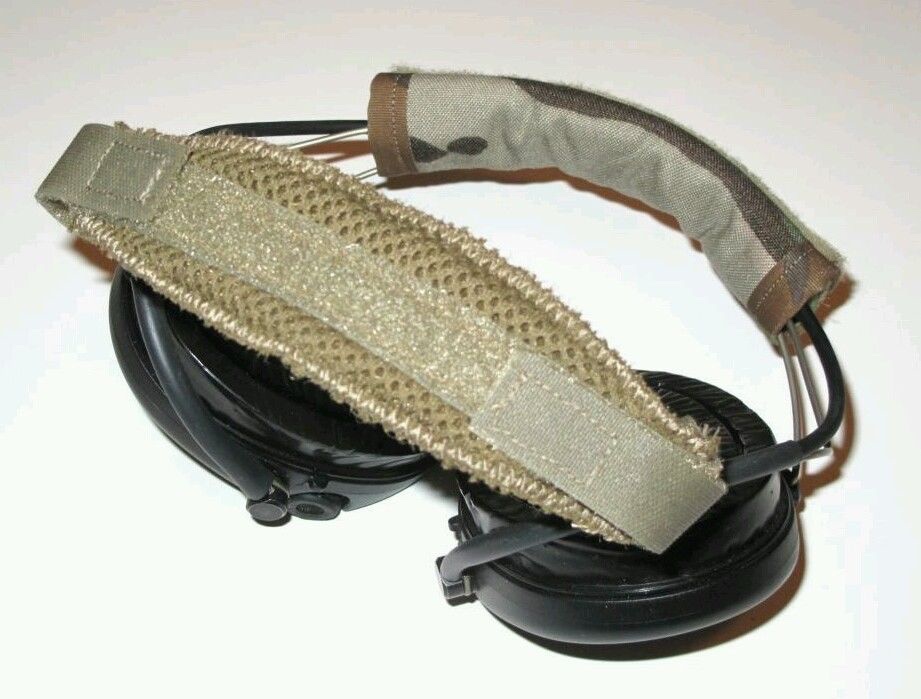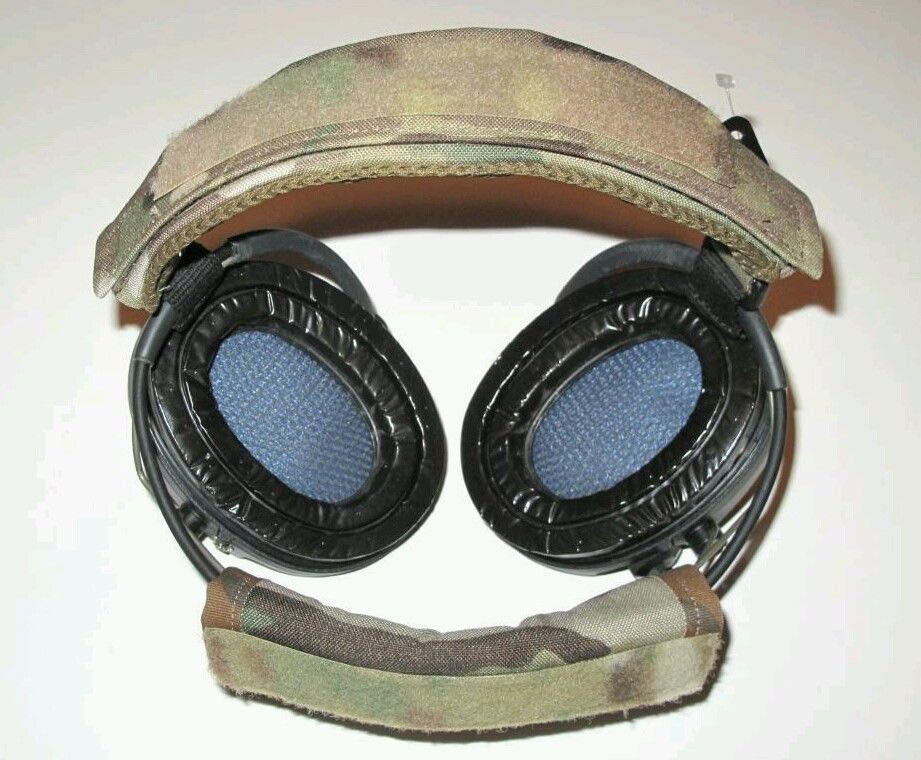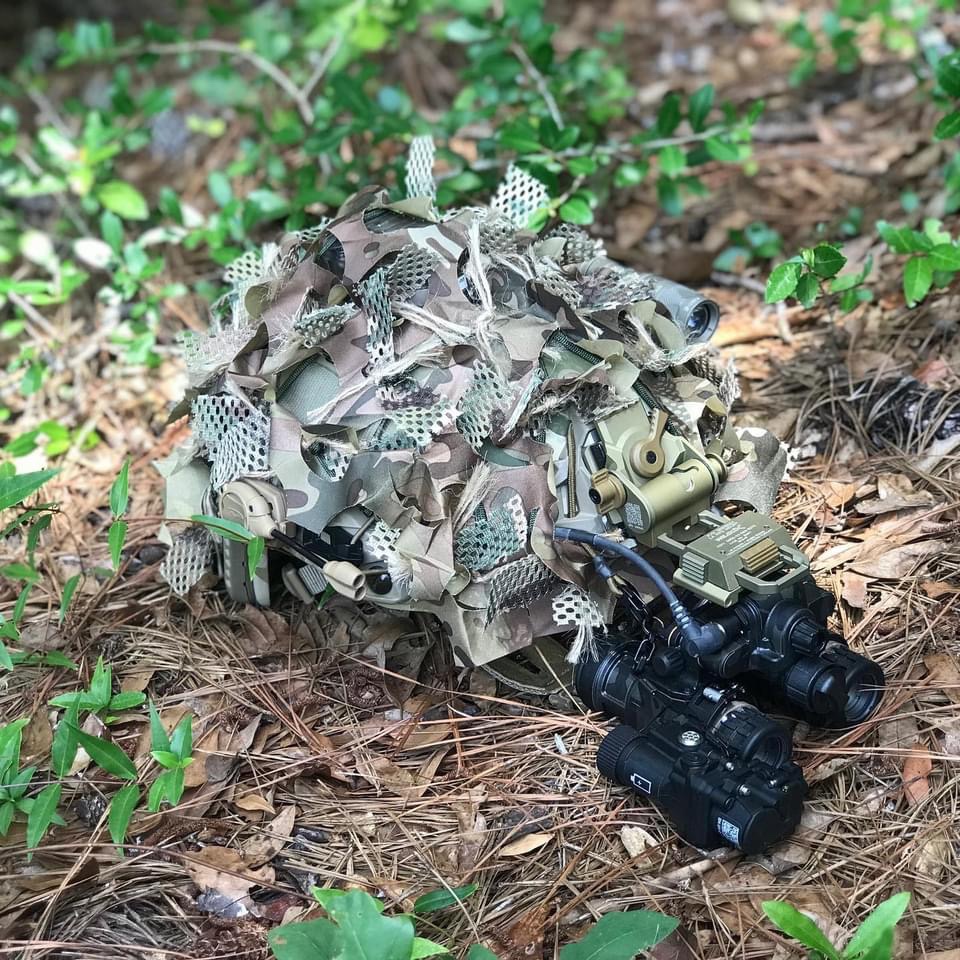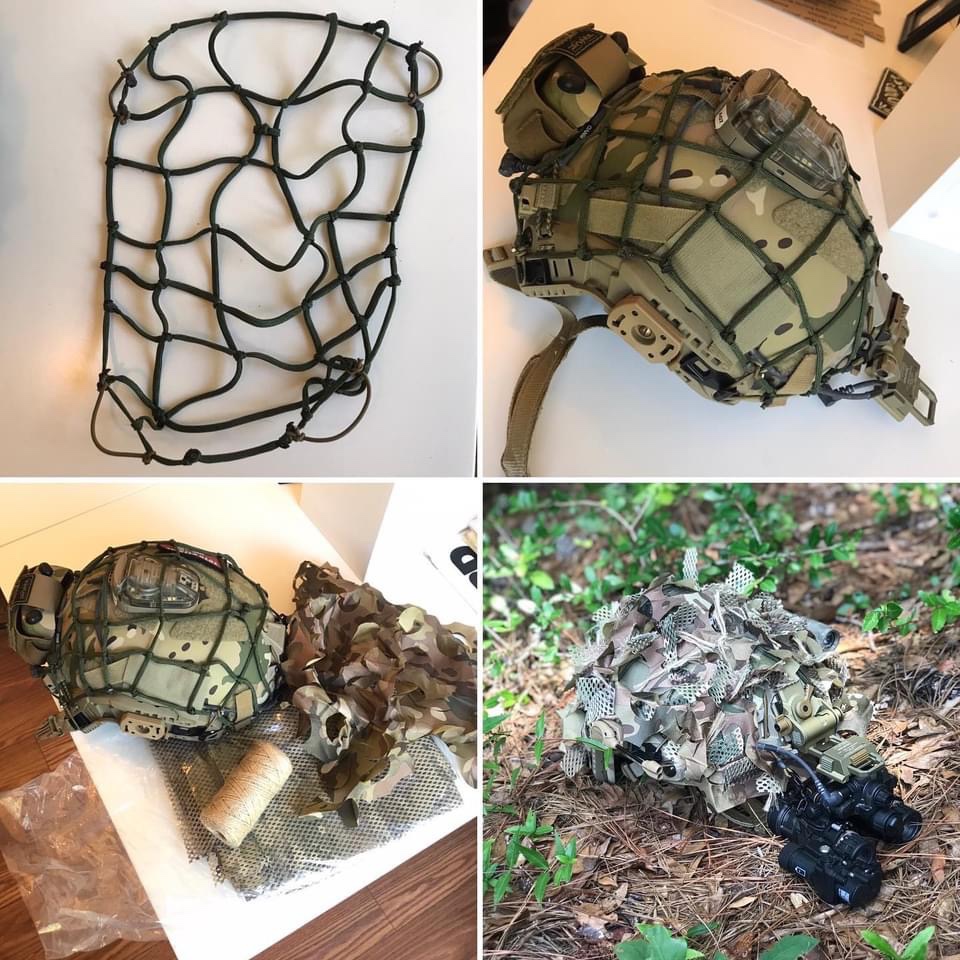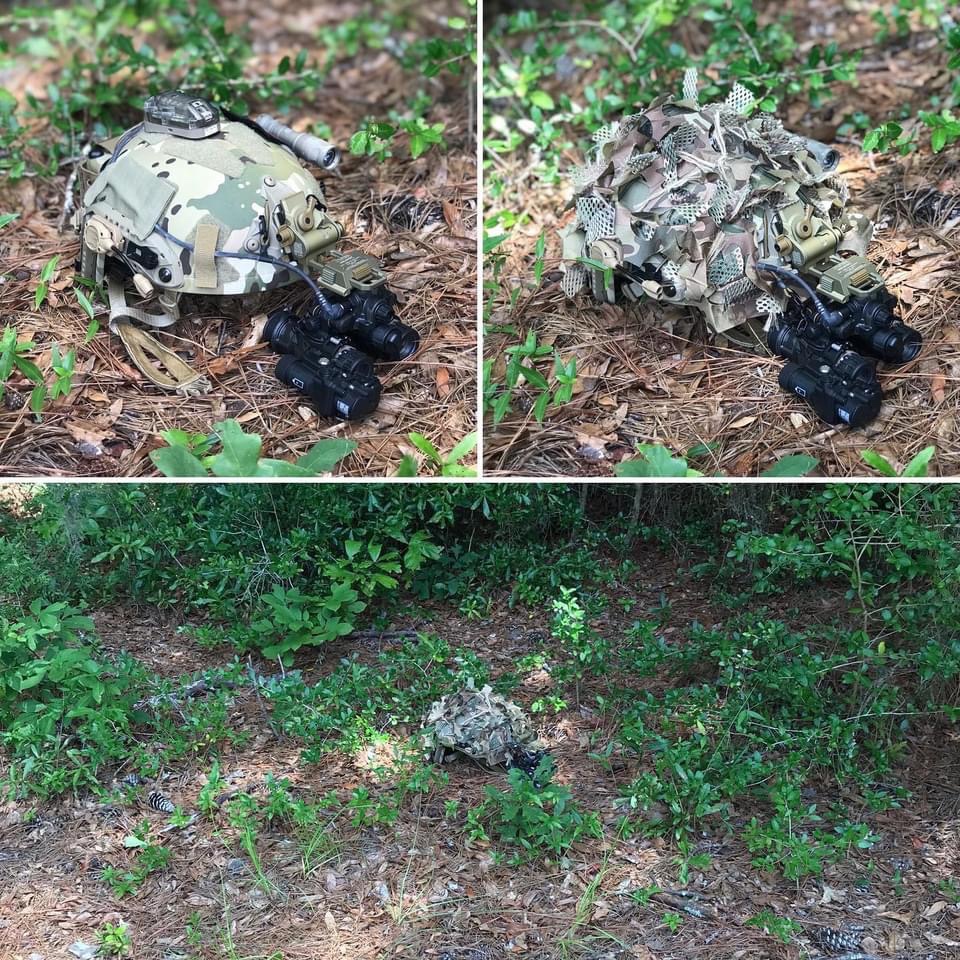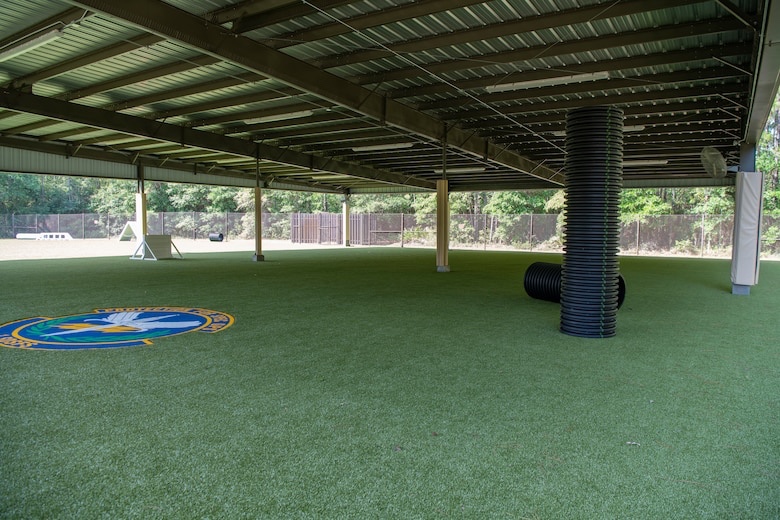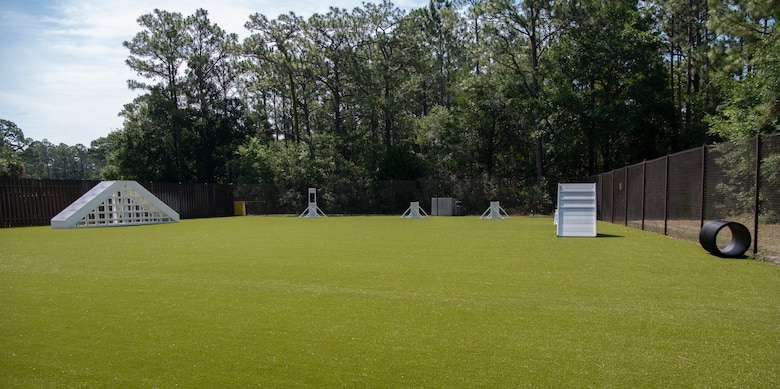You learned to practice specific skills when you first started diving. One of the main reasons you learn skills like buddy breathing, clearing your mask, and other drills like this are designed to help you relaxed in and under the water. Buoyancy management was one of those skills. When you start diving, you continuously use your buoyancy control system during the dive. Most people begin by being a lot heavier than they need to be and control themselves by adding or dumping air, so you use those controls a lot. You also practice buddy breathing, but again most of the time, it is just to help you relax. But you need to make sure you practice your skill a lot, so you know what to do when you need it. There are two basic ways to share your spare air sources—the octopus or alternative air supply system. In an out-of-air scenario, responding appropriately will make the difference between a successful dive or a disaster. So, having an alternate air source as part of your regulator system is mandatory. Most divers (hopefully) will never have to use their secondary air system. Even if you never have to use it, it will always be an essential part of your gear if you ever run into a situation where your buddy runs low on or out of gas or you have a malfunction on your primary Regulator. If this ever happens to you, you will be thankful to have a well-working alternate air source.
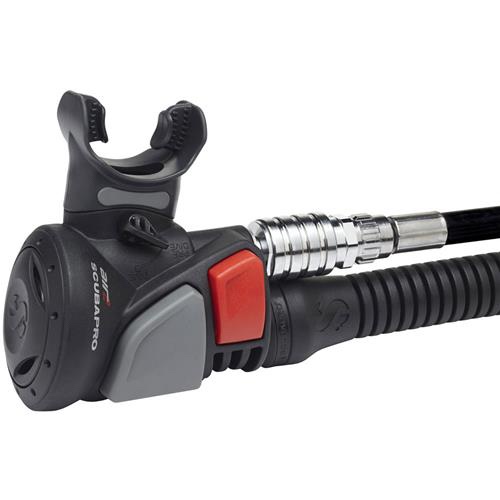
You have a couple of choices regarding which type of alternate air source you can have. There are two basic types. The octopus or octo is the common term used to describe your secondary air source regulator. It is a second regulator that you carry and is usually yellow, with a yellow-colored hose to make it stand out in an emergency. Usually, it is tucked away on your right side, ready for emergency use.
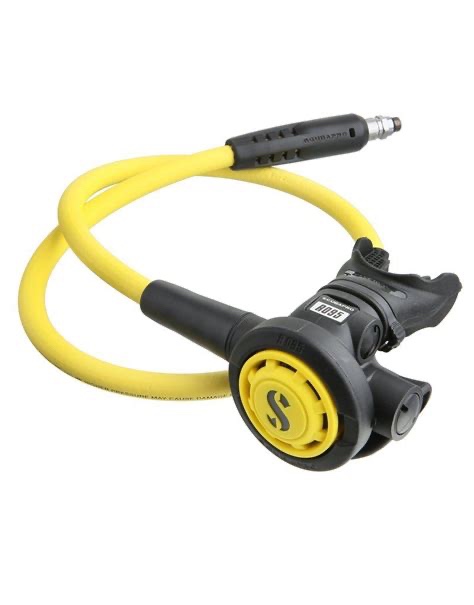
The next choice is the SCUBAPRO AIRs2 that stands for Alternate Inflator Regulators. In 1979 SCUBAPRO created an integrating second stage regulator and a balanced inflator in the same compact housing, and the AIR2 was born. In 2006 they introduced a restyled fourth-generation AIR2 which is more streamlined, modern, ergonomic, and overall lighter than previous generations. AIR2 is more than a simple inflator. Its components design takes advantage of the best regulator technology to guarantee maximum efficiency and reliability. As an inflator, AIR2 provides perfect pressure control for excellent buoyancy management. The ergonomic shape makes it easy to handle in any circumstances, and it can be emptied by simply pressing the exhaust button. Its air-balanced power inflator provides smooth and reliable inflation at all tank pressures.
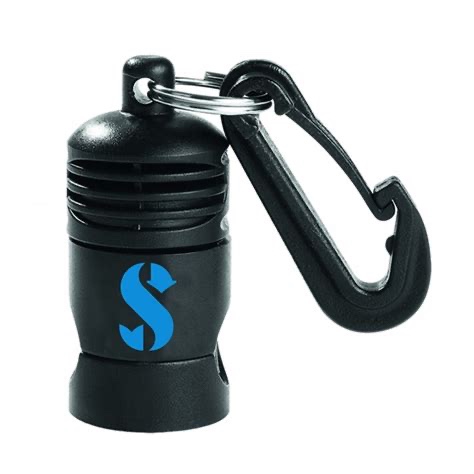
They are essentially octopus second stages built into the inflator mechanism of your BCD. You will need a BCD inflator, and when upgraded to the AIRs, it does not add much weight. There is no need for an additional hose as the one feeding your BCD inflators supplies the Regulator within the AIR. Usually, when someone is out of air, you will always give them the Regulator directly from your mouth. There are a couple of reasons for this; the main one is that the person asking for air is already in a panic-type situation. So, handing them a regulator you know works (because you were breathing on it) will help calm them down. If you reached for your secondary and handing them that, and it doesn’t work, or there might be seaweed or something living in it because you are underwater, that might freak them out more.
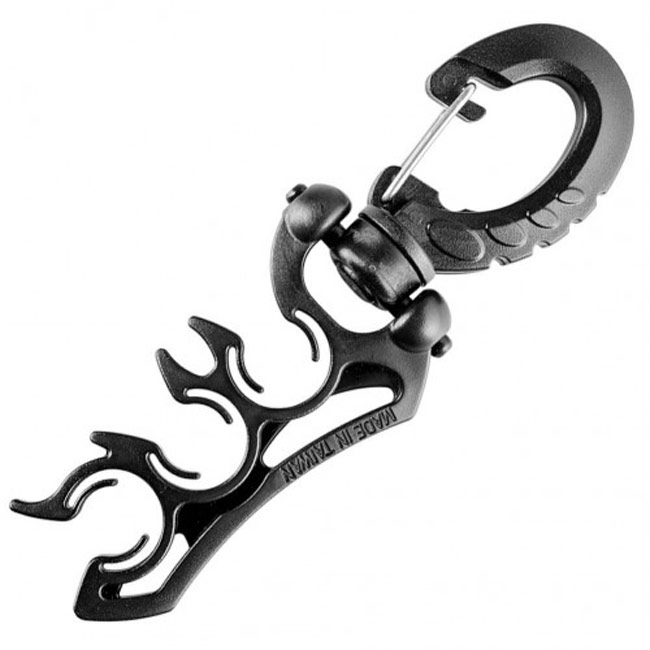
The 5th generation of the Air 2 by SCUBAPRO is a second-stage regulator and balanced inflator in a single, compact housing. The Air 2 – 5th Generation builds upon an already superior product. The Air 2’s air-balanced power inflator valve means you’ll have a steady stream of air, regardless of the pressure in your tank. The Air 2 has a fixed Venturi Initiated Vacuum Assist (VIVA) Flow Vane for safe and uncomplicated use now has a dive/pre-dive switch. This switch allows the regulator mechanism to be set more like that of a standard second-stage regulator. The Air 2 – 5th Generation breathes like a dream, rivaling some primary second-stage models.
The Air 2 provides a one-hand operation for intuitive and straightforward operation. The self-flushing mechanism requires just one push-on-the-purge to clear away all dirt or to purge water. The regulator mechanism is a simple yet reliable classic downstream demand valve. Air 2 is equipped with a larger hi-comfort ergonomic mouthpiece, soft second stage cover, and one-button purge function. The Regulator’s pre-tuned system is housed in precision-molded carbon fiber and the techno-polymer case for strength and durability.
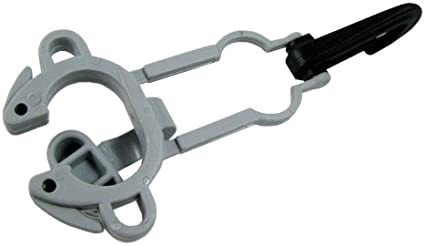
The SCUBAPRO Second Stage Octopus features a classic downstream valve technology, well known for its safety and reliability. Its simple and robust construction offers the utmost reliability. Thanks to its reversible hose attachment, it makes the R095 the ideal second stage for new divers and a perfect choice for deco tanks. It is Pre-tuned for safe and uncomplicated use, and the downstream valve opens in the same direction as the incoming airflow. To close the valve and stop the airflow, a spring counteracts the force of the incoming air. Therefore, a specific inhalation effort is always required to overcome the spring tension and open the valve.
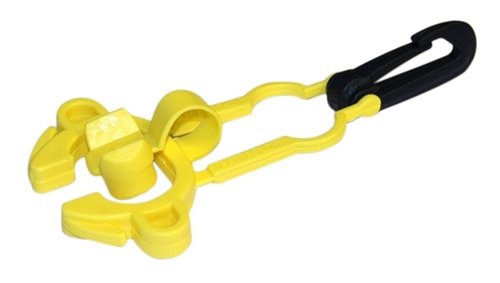
So, what is better, the Octo or the Air2? Well, honestly, it depends on the person. I like the Air2 as it makes it easier to have it all in one. It is easier for me to grab it right there on my left as I hand my primer off with my right hand. Some people say that an incorporated octo/inflator can add uncertainty to your dive buddies in an out-of-air situation. Others say that a panicking diver is more likely to catch your primary Regulator anyway, so it is better to have the integrated inflator/octo, which is still near at hand. You should address emergency protocols before any dive, including what kind of alternative air you bring. You have to practice this to know how to use it and be more comfortable in the water, which will help you know panic. Remember, that’s why you practice this stuff; it doesn’t matter which one you use; what matters is practice, practice, practice, that will make the difference between life and death. Either way, make sure you talk to whomever you are diving with and make sure you know what gear they have, and they know what you have.
